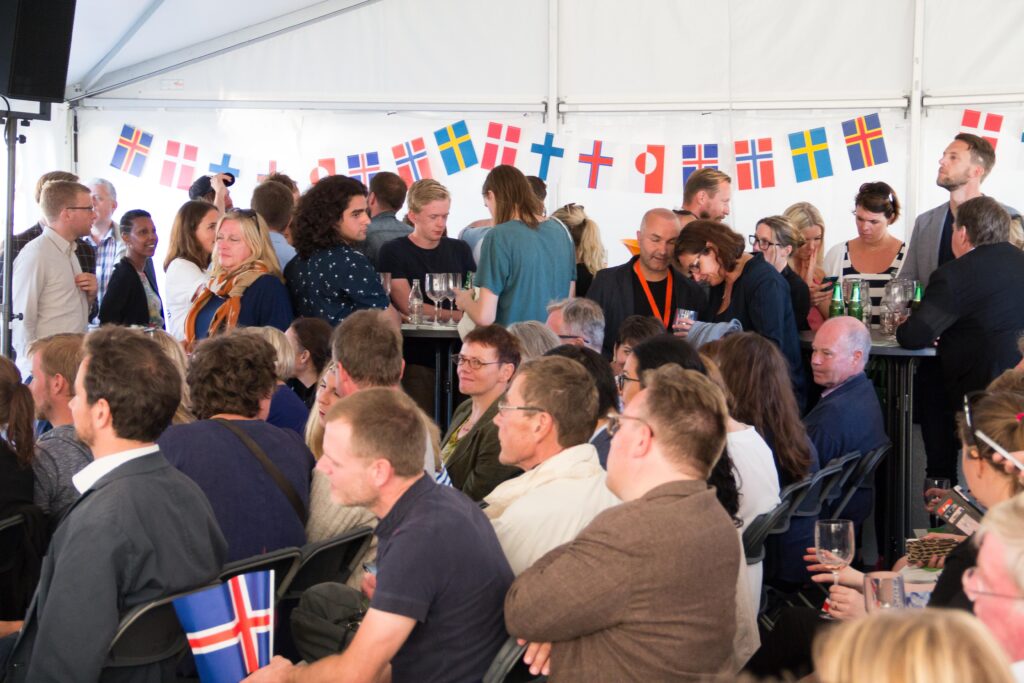
25 Nov Must I?
Just by reading the headline Danes and Norwegians – and perhaps also Swedes – will start reading with different understanding. When I, as a Norwegian, say “Må jeg gøre det?” it means – “do I absolutely have to do it” – or can I do something else? For a Dane, “Må jeg gøre det?” means that I ask if I can be allowed to do so.
As the new CEO of the office, I tried to figure out what meetings and tasks to prioritize. In the planning of the week, a meeting arose at which NAPA was to be represented. My question was whether it was I as the CEO who was to attend the meeting, or whether she who was responsible for the task could do it alone. So, when she presents the meeting for discussion, I ask:
– Must I go to the meeting? (In Norwegian: må jeg gå på møtet?)
She answers
– Yes, you may. (In Danish: Ja, det må du)
I was a little put out. In Norwegian, it is quite rude to tell someone that they must do something – that’s what you say to your children – “Yes, you must do the dishes, you cannot escape that task just because you want to play with friends”. When we write “must”, it is often followed by an exclamation mark. “You must go to school!”
I thought that there might be some code that it was important that the CEO was present, but when I considered the nature of the meeting, I did not quite get it to fit.
– Okay, but MUST I go? (in Norwegian: Ok, men MÅ jeg?)
Yes, you’re allowed to, you're the boss! (in Danish: Ja, det må du da, du er jo chef!)
Finally, I figured out the communication failure and replied
– Ok, but do I have to go to the meeting, or can you do it yourself?
– No, of course you do not have to go, I can take it.
As a newcomer to Greenland, I was prepared to meet a new culture, a new language and to be the one who did not immediately understand what people were talking about around me. In a Nordic institution, I was not as prepared for the differences in the Scandinavian language or for the differences in communication.
In Greenland, I relate to various Scandinavian languages - mainly Danish, spoken by Danes, Greenlanders, Icelanders, and Faroese. I try to learn Greenlandic, but it is a long time until I can participate in a conversation on an equal footing. Icelanders and Faroese understand my Norwegian instinctively, as we have a common starting point – Old Norse and I can speak my dialect. I read Danish more easily than Icelandic and Faroese, as the Norwegian written language was developed during the time we were ruled by the Danes. But communication is so much. Greenlanders who speak Danish communicate in a different way than Danes who speak Danish and Icelanders and Faroese who speak Danish. Communication is not just the language that is spoken, but how it is spoken, pace, body language, linguistic images that are based on understanding what it refers to, and all the unspoken.
The Nordic community is more than a Scandinavian language and cultural community.
The challenge in the Nordic context is, in my opinion, that we do not recognize the great differences and the diversity that exists in the Nordic region. The Nordic countries cannot allow that some are more Nordic than others, that there is no room for diversity. There are 10 different official languages in the Nordic countries, there is no Nordic language. We have Norwegian, Swedish, and Danish which are the Scandinavian language.

If we are to achieve the goal of becoming the world’s most integrated and sustainable region, then we must first acknowledge the diversity that exists, all the experiences we can learn from and together, and equally exchange experiences in a language that everyone understands. Otherwise, we lose. Diversity is our strength. We cannot have an A and a B team based on language skills in the Nordic countries. Those who have Norwegian, Swedish, or Danish as their second language must be given an equal place around the meeting table and be heard in the same way. Either through an interpreter, through a mixed-Scandinavian conversation at a pace that allows everyone to understand, written support in the conversation or, simply that we all switch to our second language – English. The politically correct cannot hinder understanding and exchange of experience in the Nordic region – we need all perspectives to be heard and seen and recognized throughout the Nordic region.
"A Nordic community built solely on Scandinavian languages is in itself excluding." -Malin Corlin, NAPA
Does the Nordic region have a language community? – is the title of a webinar in which our collaborator Malin Corlin participated in the panel. 2000 young people throughout the Nordic region were asked and here you can get the report presented and listen to the conversation.



